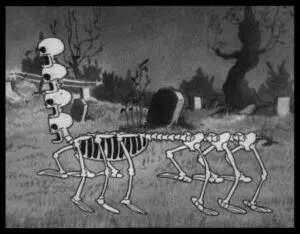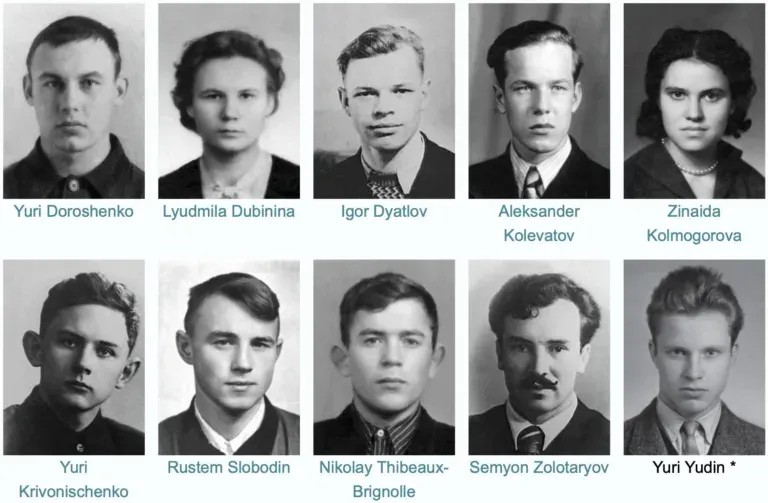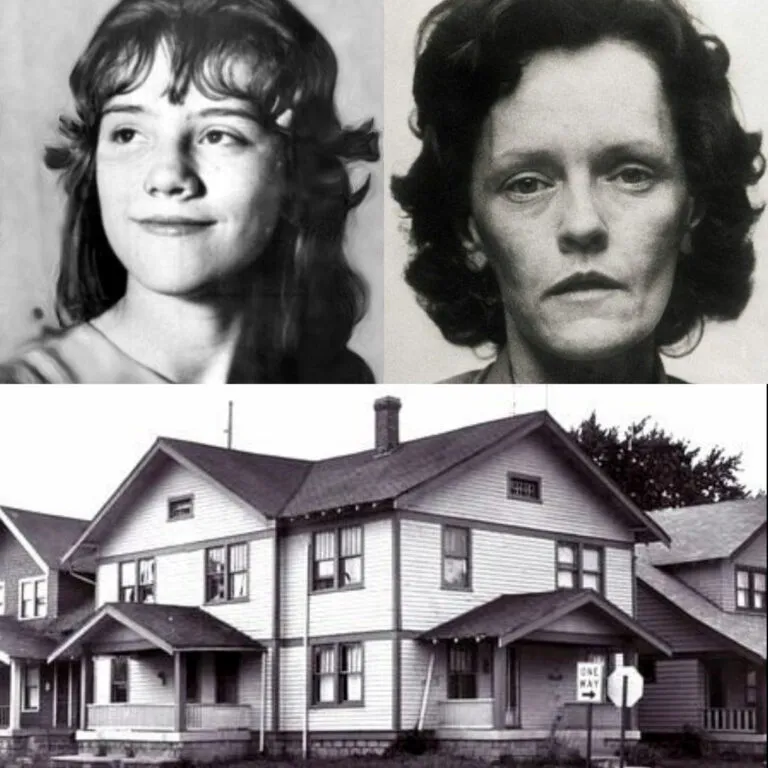The Skeleton Dance
The Skeleton Dance: Disney’s Animated Short That Has Captivated Audiences for Decades
 In the world of animation, some shorts manage to capture the imagination and remain in the collective memory for generations. One such short is “The Skeleton Dance,” an animated short produced by Walt Disney and released in 1929. This pioneering masterpiece not only represents a significant milestone in animation history but continues to enchant audiences with its playful spirit and innovative combination of music and animation.
In the world of animation, some shorts manage to capture the imagination and remain in the collective memory for generations. One such short is “The Skeleton Dance,” an animated short produced by Walt Disney and released in 1929. This pioneering masterpiece not only represents a significant milestone in animation history but continues to enchant audiences with its playful spirit and innovative combination of music and animation.
An Era of Innovation and Creativity
“The Skeleton Dance” was created during a period of great excitement and innovation in the world of animation. After the success of the early Mickey Mouse shorts, Disney and his team were ready to explore new avenues and experiment with the form and content of animation. The short, directed by Ub Iwerks and animated by many of Disney’s early collaborators, was the first of a series of animated shorts known as “Silly Symphonies.”
Silly Symphonies was a series of musical shorts that combined animation with orchestral music, a revolutionary concept at the time. “The Skeleton Dance” was the first of these shorts and marked the beginning of a series that would have a lasting impact on the history of animation.
The Plot and Concept
The short opens with a nighttime scene in a cemetery, where a group of skeletons, animated with surprising fluidity and rhythm, performs a series of dances and acrobatics. The plot is simple: the skeletons emerge from their graves and gather for a dancing party, creating a lively and playful performance that defies the conventions of the time.
 The skeleton dance is accompanied by a musical score composed by Carl Stalling, which uses elements of classical and jazz music to create a vibrant and engaging atmosphere. The music and animation work in perfect harmony, with the skeletons’ movements synchronizing with the rhythm of the music. This combination of music and animation was one of the distinctive features of the Silly Symphonies shorts and contributed to the success and influence of “The Skeleton Dance.”
The skeleton dance is accompanied by a musical score composed by Carl Stalling, which uses elements of classical and jazz music to create a vibrant and engaging atmosphere. The music and animation work in perfect harmony, with the skeletons’ movements synchronizing with the rhythm of the music. This combination of music and animation was one of the distinctive features of the Silly Symphonies shorts and contributed to the success and influence of “The Skeleton Dance.”
Technical and Artistic Innovations
One of the main innovations of “The Skeleton Dance” was the use of audio synchronization. For the first time, animation was perfectly synchronized with an orchestral soundtrack, a technological advance that revolutionized the way animated shorts were made. This synchronization required significant technical and artistic effort, and “The Skeleton Dance” demonstrated Disney’s ability to push the boundaries of animation.
Additionally, the short introduced innovative use of character animation techniques. The skeletons are animated with a fluidity and precision that were cutting-edge at the time. Facial expressions, movements, and interactions between characters were designed with great attention to detail, creating a visual experience that was both captivating and entertaining.
Impact and Legacy
“The Skeleton Dance” was warmly received by audiences and critics at the time of its release and helped establish the success of the Silly Symphonies. The short also had a lasting impact on popular culture, becoming a benchmark for other animators and an example of how animation can be used to create unique artistic and musical experiences.
 The short has inspired numerous other works in the field of animation and has influenced the development of audio synchronization and animation techniques. Its legacy is visible in many of the subsequent developments in the world of animation and continues to be appreciated for its originality and innovation.
The short has inspired numerous other works in the field of animation and has influenced the development of audio synchronization and animation techniques. Its legacy is visible in many of the subsequent developments in the world of animation and continues to be appreciated for its originality and innovation.
Conclusions
“The Skeleton Dance” is much more than a simple animated short; it is a testament to the creativity and innovation of Walt Disney and his team. With its lively animation, engaging music, and technical innovations, the short remains a timeless classic that continues to captivate and entertain audiences of all ages. Its influence and impact on animation history are undeniable, and its playful spirit continues to inspire and entertain generations of viewers.
If you haven’t yet seen “The Skeleton Dance,” I encourage you to discover it and let yourself be transported by its magic and brilliance. This animation masterpiece is a true gem in the history of cinema and a testament to Walt Disney’s talent and vision.

Subscribe to our YouTube channel






